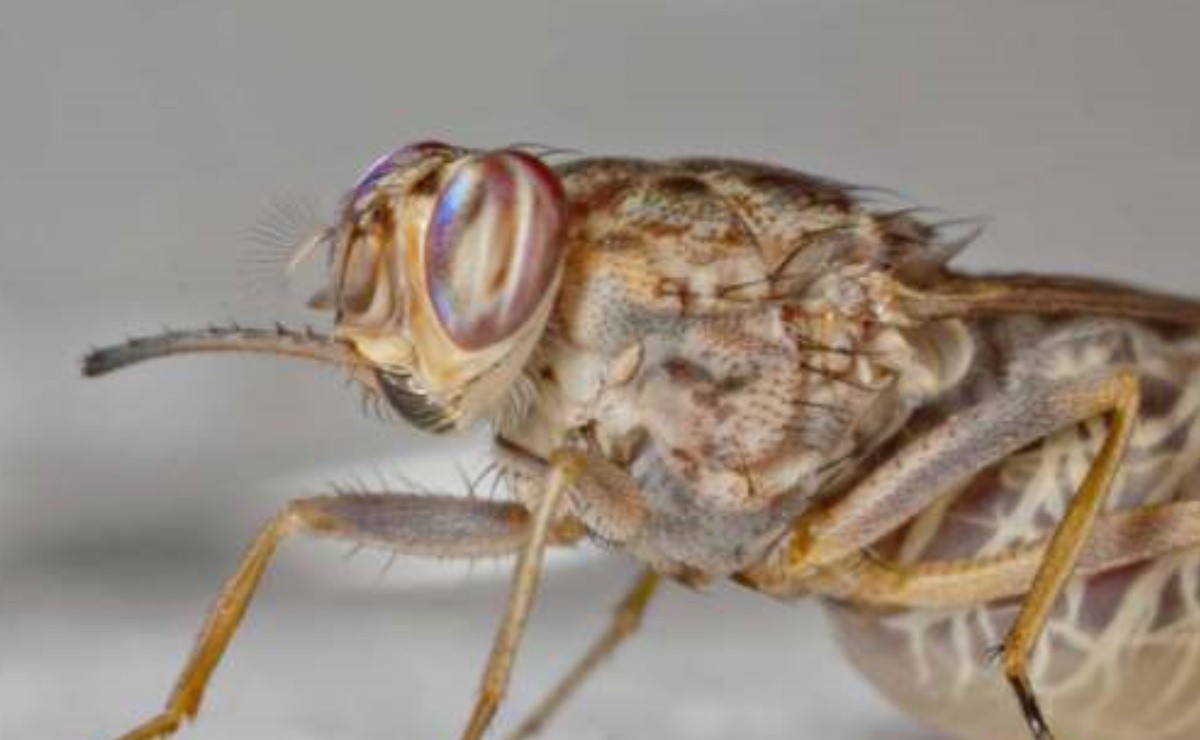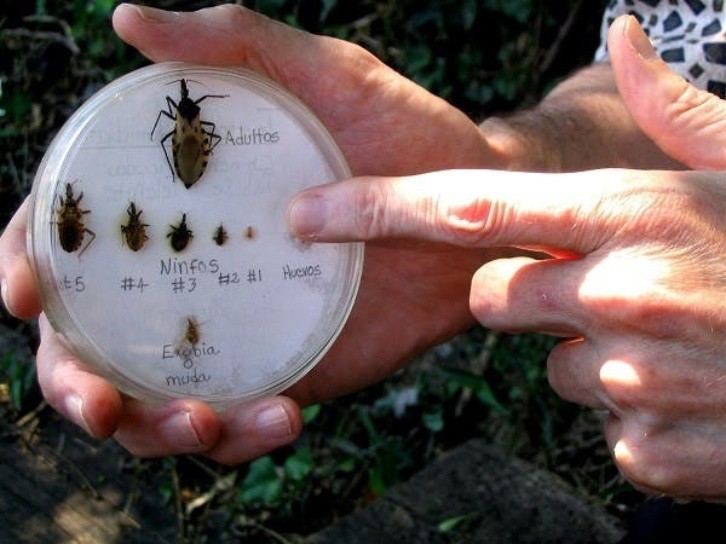
Sleeping sickness, which is transmitted mainly by the bite of the tsetse fly, is once again in the news, but this time positive, since Equatorial Guinea, which was a former Spanish colony, has managed to eliminate African human trypanosomiasis from its territory, as this is the official name of the ailment
Without treatment, sleeping sickness, which affects a person’s nervous system, is considered fatal. It is currently endemic in 36 countries in sub-Saharan Africa.
The Gambian form of this pathology is the most general, accounting for 95% of reported cases, but it has been reduced considerably in this century: in 2021, 750 cases were reported in eleven endemic countries, which represented a 95% reduction in the number of cases compared to the 2001 figure (26,095 cases).
According to the World Health Organization (WHO), the tsetse fly is found in sub-Saharan Africa but only certain species transmit the disease.

For reasons unknown to date, this insect lives in many regions where sleeping sickness does not occur. The people who are most exposed to contact with the tsetse fly, and therefore to contracting the disease, are the inhabitants of rural areas who are engaged in agriculture, fishing, livestock or hunting.
Sleeping sickness: routes of infection
As we have already said, the disease is transmitted mainly by the bite of an infected tsetse fly, but there are other routes of infection.
1.- Transmission from mother to child: the trypanosome can cross the placenta and infect the fetus.
2.- Mechanical transmission through other hematophagous insects is possible; however, it is difficult to determine the epidemiological consequences of this pathway.
3.- Accidental punctures with contaminated needles in the laboratory have caused some infections.
4.- Transmission of the parasite by sexual contact has also been reported.
In the first stage, trypanosomes multiply in subcutaneous tissues, blood, and lymph; It is known as the hemolymphatic phase and is characterized by episodes of fever, headaches, lymphadenopathy, joint pain and itching.
In the second stage, the parasites cross the blood-brain barrier and infect the central nervous system. This is known as the neurological or meningoencephalic phase.
This is usually when the most obvious signs and symptoms of the disease occur, including behavioral changes, confusion, sensory disturbances, and lack of coordination.
Sleep cycle disorders, which give the disease its name, are an important feature of the second stage.
Sleeping sickness: forms
The disease takes two forms, depending on the subspecies of the causative parasite:
Trypanosoma brucei gambiense is found in 24 countries in West and Central Africa. This form currently accounts for 97% of reported cases of sleeping sickness and causes chronic infection.
A person can be infected for months or even years without presenting significant clinical manifestations.
When the symptoms appear, the disease is often already very advanced, in the stage of involvement of the central nervous system.
Trypanosoma brucei rhodesiense is found in 13 countries in eastern and southern Africa. Today this form accounts for less than 3% of reported cases and causes an acute infection.
The first signs and symptoms are seen a few weeks to a few months after infection. The disease progresses rapidly and affects the central nervous system.
Only in Uganda are both forms of the disease prevalent, but in separate areas.
There is another form of trypanosomiasis that occurs mainly in Latin American countries; It is called American trypanosomiasis or Chagas disease.
The causative organism belongs to another species of the Trypanosoma genus, is transmitted by a different vector, and has disease characteristics that are different from those of human African trypanosomiasis.
In the last century there have been several epidemics in Africa:
The first, between 1896 and 1906, mainly in Uganda and the Congo basin; the second in 1920, which affected several African countries, and the most recent occurred in 1970 and lasted until the end of the 1990s.
According to the WHO, the 1920 epidemic was stopped thanks to the work of mobile teams that organized the screening of millions of people at risk.
By the mid-1960s sleeping sickness was under control, with fewer than 5,000 cases reported across the continent.
Following success, surveillance was relaxed and the disease reappeared, reaching epidemic proportions in several regions in 1970.
The efforts deployed by the aforementioned United Nations organization together with national disease control programs, bilateral cooperation and non-governmental organizations during the 1990s and the first years of the current century allowed the trend to be reversed.
Since the number of new human African trypanosomiasis cases reported between 2000 and 2012 decreased significantly as a result of coordinated international efforts, the WHO Roadmap for Neglected Tropical Diseases has set the goal of elimination as a public health problem. for 2020 and that of the interruption of its transmission (zero cases) for 2030.
Current distribution of the disease
The incidence of the disease varies from one country to another and, within the same country, from one region to another.
In the last five years, more than 70% of reported cases occurred in the Democratic Republic of the Congo, with an average of less than 1,000 cases reported annually.
Angola, Chad, the Central African Republic, Congo, Gabon, Guinea, Malawi, and South Sudan reported between 10 and 100 new cases in 2019, while Cameroon, Côte d’Ivoire, Equatorial Guinea, the United Republic of Tanzania , Uganda, Zambia and Zimbabwe reported between 1 and 10 new cases.
Burkina Faso, Ghana, Kenya and Nigeria have reported sporadic cases in the last 10 years.
Transmission of sleeping sickness seems to have stopped in some of these countries, but there are still areas where access to assess the exact status of the situation is difficult due to social instability and/or difficulty accessing monitoring activities and diagnosis, concludes the WHO.